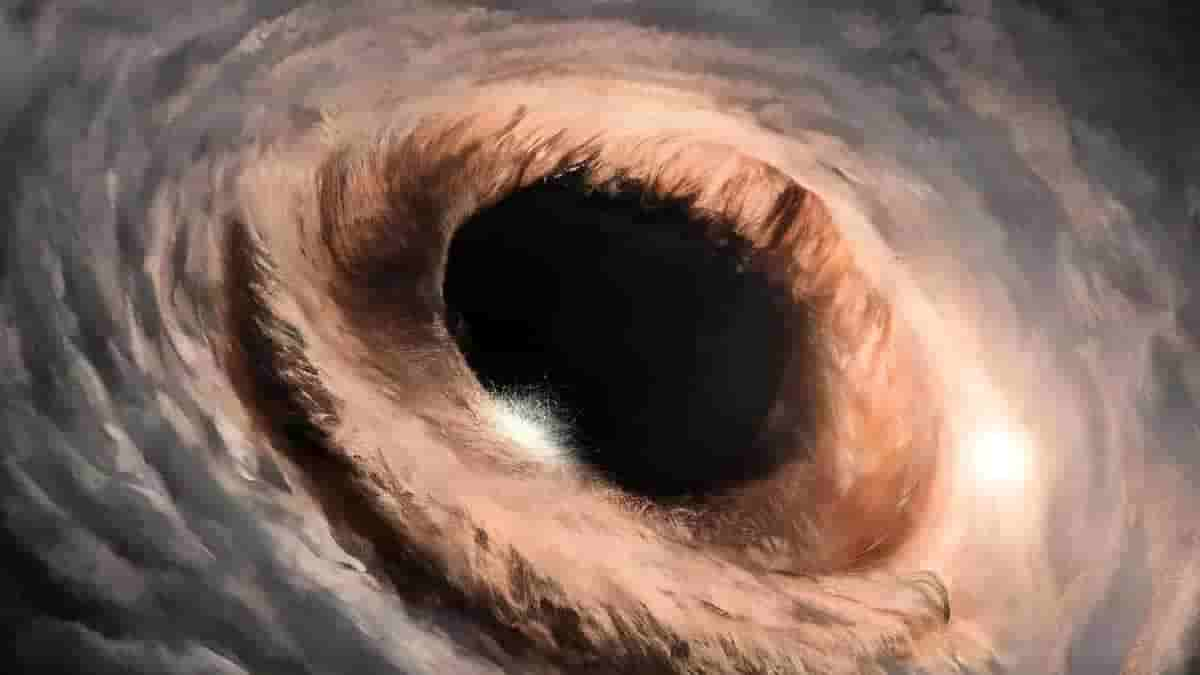What makes Black Hole a messy eater to its power to suck all the light, get to know about it here

To experience space, you need to be imaginary, and with this image, let’s take you on the adventurous journey of the most interesting cosmic body in space. We are talking about none other than the Black Hole, which has been sucking the attention of scientists and researchers since it was first thought about. Imagine yourself in space, looking at a cosmic body that has intense darkness in the center and light at the periphery. You see that giant cosmic body sucking all the light from a proximal light source. This thing happens because of intense gravity at the core of this black hole, from which nothing, not even light, can escape.
How is a black hole formed?
A black hole is formed when a massive star dies. At the end, the star’s internal thermonuclear fuels are exhausted, causing the core to become unstable. This instability causes the star mass to collapse inward, and the outer layer of the star is blown away. Matter then starts falling towards the core, causing intense pressure and giving rise to a point of zero volume and infinite density called singularity. This contrasting event of a blow-up at the surface and pressure in the core makes a dying star a ghost of space.
When the idea of a black hole was first formulated?
It was based on Newton’s law of gravity and escape velocity. This was suggested by Michell, who asked if an object had enough mass that nothing could escape. Initially, it was more like an interesting question asked by a nerdy student in class while a Newton-like teacher was teaching concepts of gravity and escape velocity. Einstein’s theory of relativity was followed by Karl Schwarzschild’s calculation, which determined the radius of the black hole, also called the Schwarzschild Radius. A similar equation came when Laplace gave his equation, but it contained a central singularity that grabbed people’s attention. After these events, what proved difficult was rotation in the black hole, which was solved by Kerr in 1963. Even the word black hole was first coined by John Wheeler in 1968.
Black holes are messy eaters, according to the University of Chicago website, and are mostly found at the center of the universe. Their mouths, called event horizons, are way smaller than we can imagine. If we were to imagine a black hole as big as Earth, its mouth would be no more than an inch. In the center of the universe, black holes mostly predate gas and neighboring stars, thus spilling most of it.
How did we see the first image of a black hole?
The first image of a black hole came in 2019, which was a big moment in the history of humans who had imagined this body for a long time. The image that we saw was not a real image but a simulation or illustration. The network of combined telescopes, referred to as the Event Horizon Telescope, helped scientists present the very first image of a black hole in space. The Event Horizon Telescope is a telescope array consisting of a global network of radio telescopes that makes Earth work like a giant telescope. Scientists are still waiting to ask a number of questions about black holes, and these will be answered with further discoveries in this domain.
Other than black holes, there are things like dark matter in space, which never let scientists sit quietly. An infinite number of questions are waiting to be answered, and until there is human existence, a number of questions will be addressed, but still, in the end, space will win.


